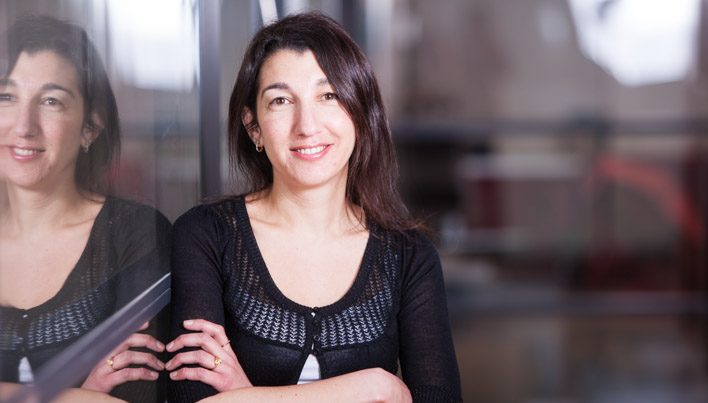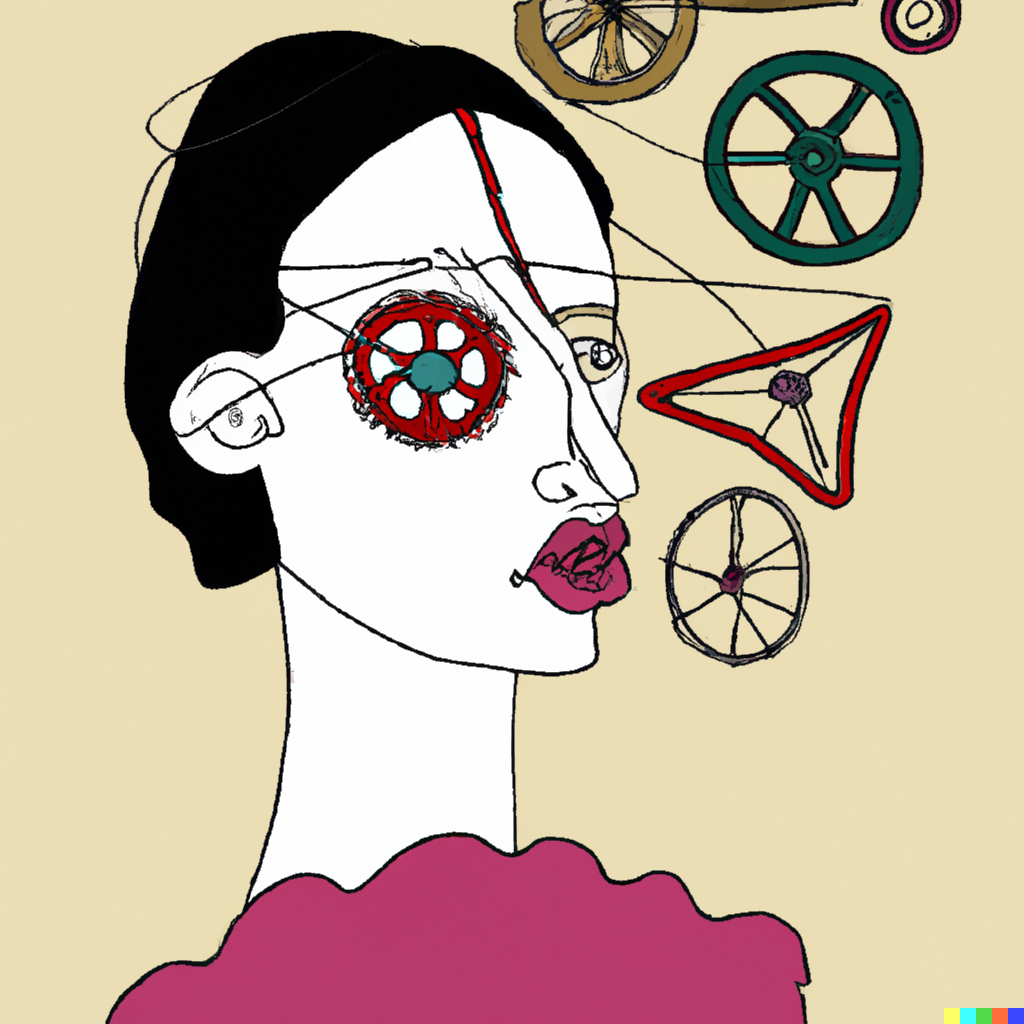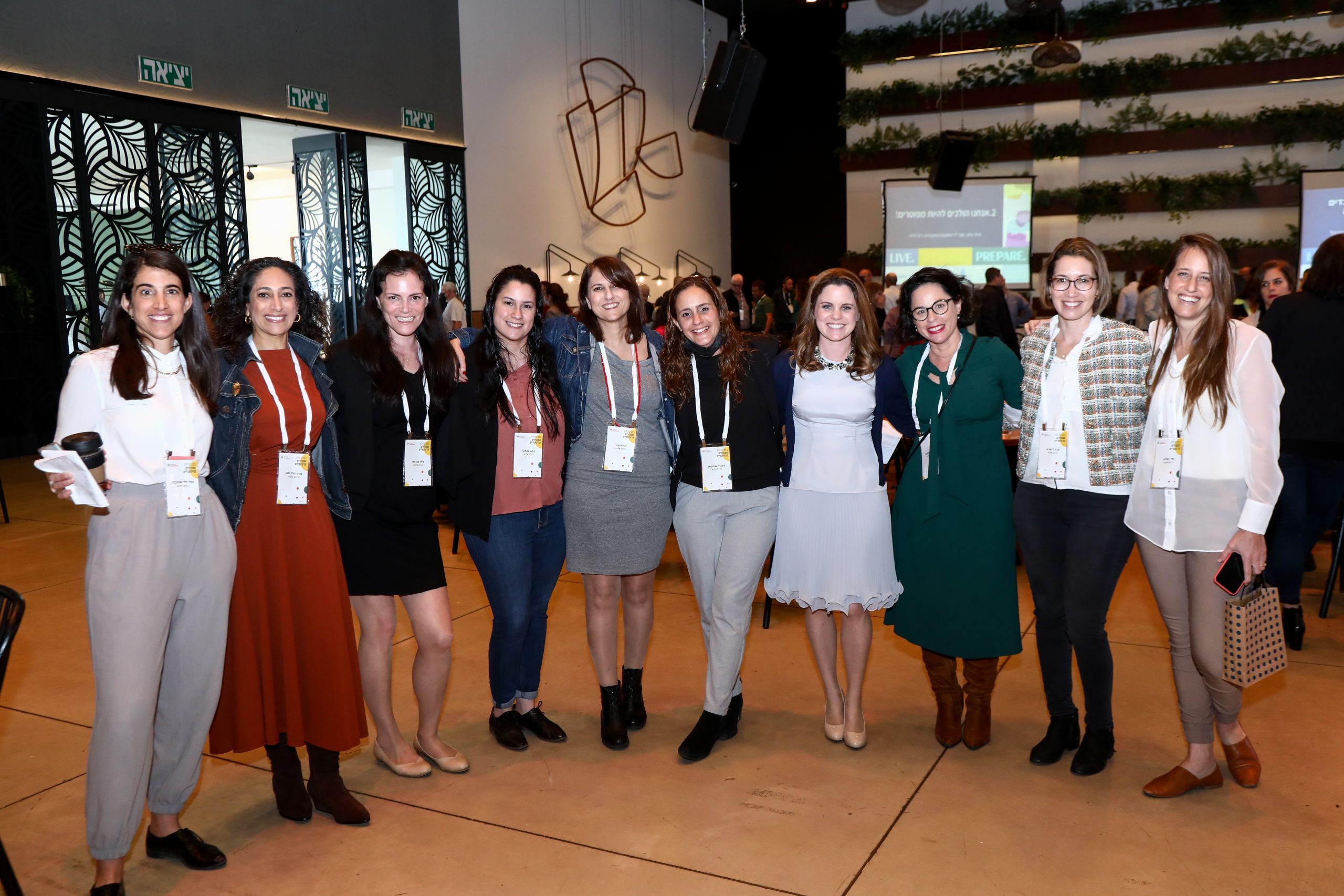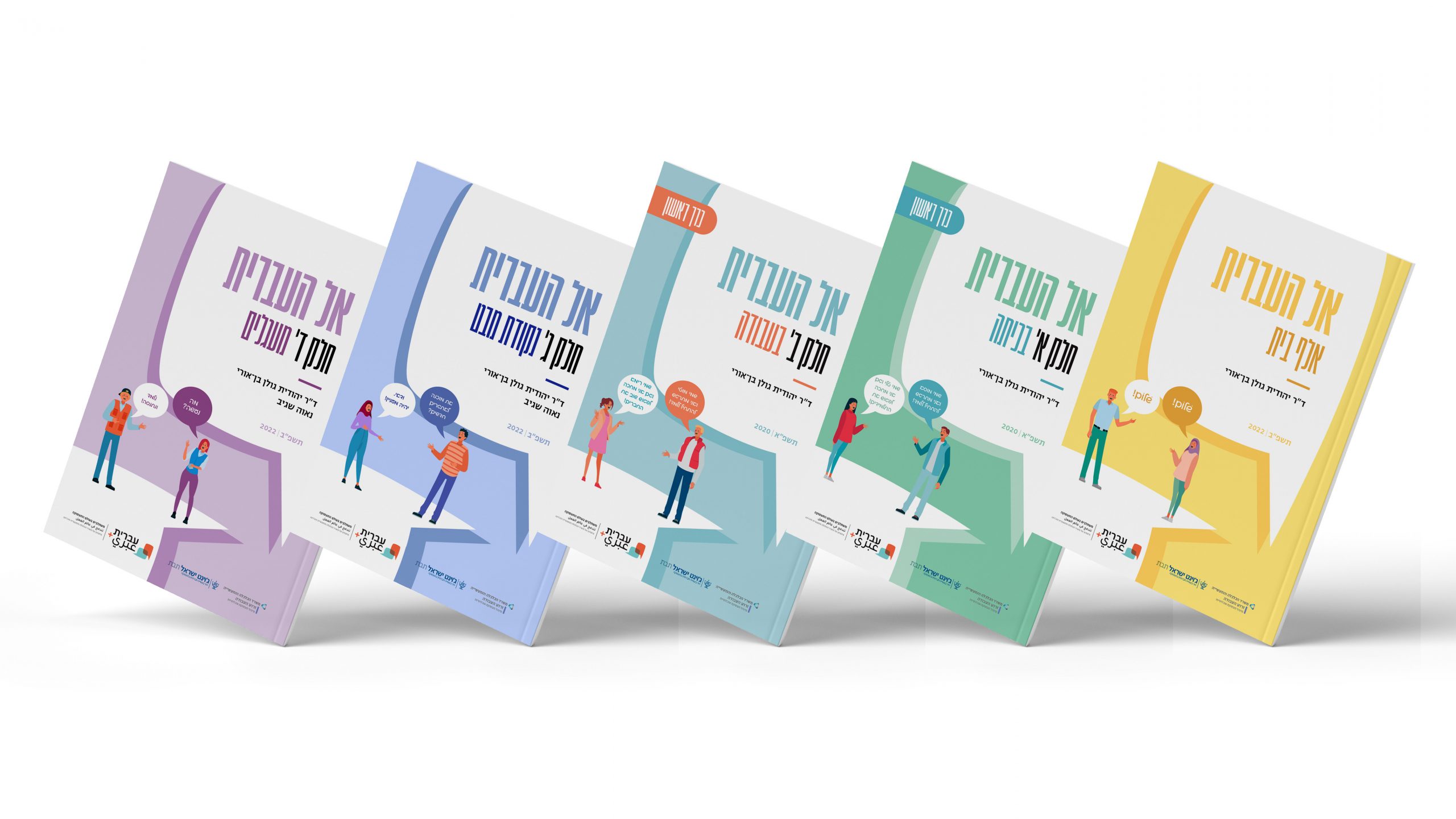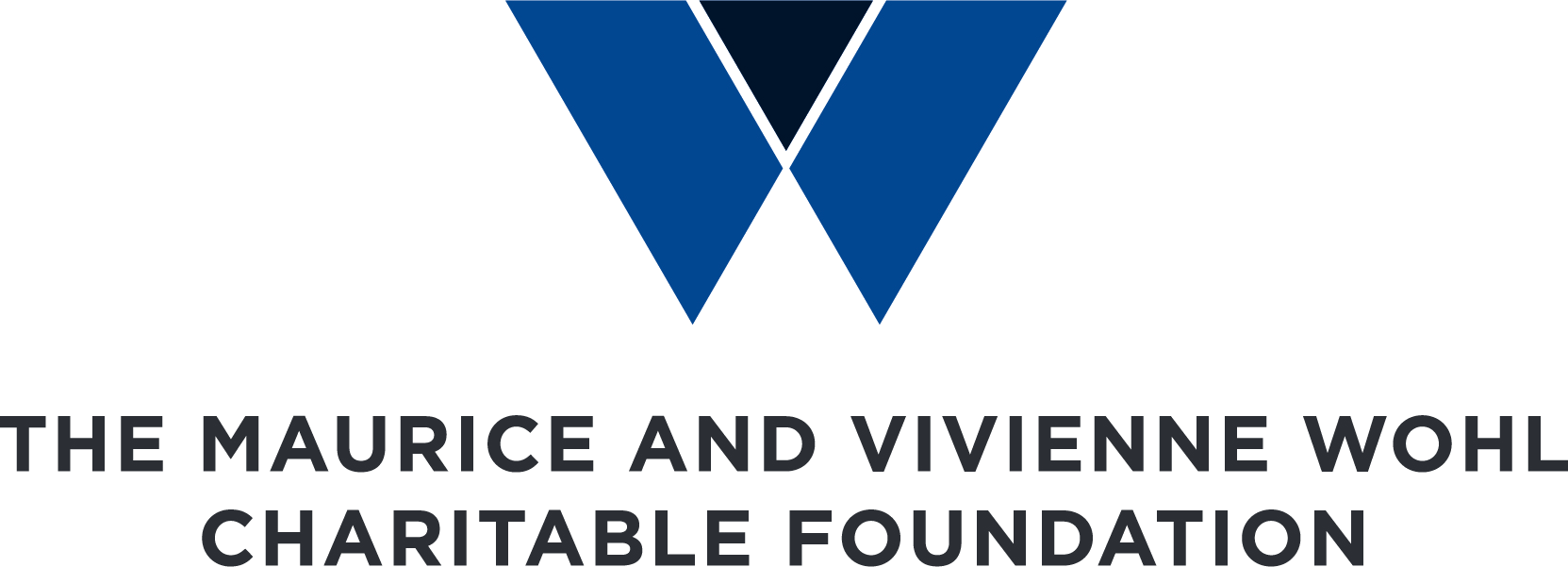When I recently encountered an issue that intrigued me – the way organizations effectively share knowledge – I did what I always do: I went on Facebook to look for communities that can shed some light on the issue. From the moment I typed a few combinations of words on my laptop – I discovered a whole world. The knowledge, the experiential sharing, and the strength that I drew from those groups was significant and managed to surprise me. Thus, a short Facebook search for communities that deal with knowledge management in organizations led me quite quickly to the world of innovation communities (where, it turns out, there is also a lively discourse on knowledge management), which opened a window into language and terminology that were refreshing and innovative for me. In that quick tour, I understood the power of the internet and the diverse communities to be found within, and I discovered how much we can learn and improve our work Dobased on the wisdom of the crowd.
Who among us isn’t in digital spaces and social networks? There is almost no topic or field for which you cannot find a digital community – a community of weekend hikers, communities of parents, political communities, communities for special needs, communities of outdoor kitchen enthusiasts, and more. What they all have in common is that there are people who are interested in sharing their relevant knowledge with others, and those who want to learn about the field and take part in those communities (whether actively or as an observer).
But have you ever stopped to think how those digital spaces and virtual communities can help promote social programs? What can we learn from what happens in those communities? And in general, when should we be active in existing communities and when should we create new ones?
These are exactly the questions at the center of JDC’s Spark Lab that is currently ending. Before we dive into the current lab, we’ll explain what the Spark Lab concept is all about. The Lab is a platform for cooperative work with different organizations. It promotes learning using new development tools and methodologies to constantly improve our work. Each year, the Lab covers a different topic according to current needs, demands, and opportunities.
This time the Lab was a collaboration between the Communications Department at Sapir College and JDC-Israel. Aside from the main issue it sought to examine, digital communities, the Lab also addressed the big gap that exists in cross-fertilization between academia and the third sector.
The process began in November 2021 with Dr. Omer Keynan and a steering committee that guided us and helped us refine the questions we sought to examine. Later, we were joined by group of program directors from JDC and students from Sapir College, who together analyzed the current discourse on social media and created outlines for when and how to establish new communities.
The students were very familiar with the programs and had also studied and gained practical experience using the software for collecting, monitoring, and analyzing multi-participant discourse on social media. They were thus able to properly address the various needs raised by JDC’s program directors, AND to point out gaps between web users’ language and the language used by social service organizations and insert changes accordingly.
For example, we found that people active in online spaces create terminology and develop unique semiotic, emotional discourse that in most cases is considerably different from the way an issue is described by academics and professionals This revelation allowed us to unlock additional perspectives on socioeconomic problems (in one case, the process of “listening” to the internet even led to a reexamination of a community campaign planned and enacted by government professionals). Furthermore, we understood how hashtag wording, the use of pictures, illustrations, and video clips are related to creating a shared language between members of a digital community.
And another interesting thing happened – the collaborative work of the students and JDC program directors created a discourse within and between the programs that was expressed in the study days and special days that dealt with fundamental questions including: In what situations and under what conditions is it right to create a new community or to cultivate an existing community? What are the expected results? and What are the resources that the organization can invest to maintain a digital community over time and create the position of a community leader?
However, as this was a pioneering collaboration between academia and the third sector on this topic, not everything was so simple. There was a need to adapt the use of the various digital spaces to developing the programs and to ensure the collaboration brought tangible value to each program director. Furthermore, the programs were at different levels of development and thus the solution that was proposed by the students had to be customized and specified for each one.
We can look at one example that dealt with the issue of promoting high-quality employment for adults ages 60+ – a joint program of JDC and the Ministry of Social Equality (today the Ministry of the Negev, Galilee, and National Resilience). This program works to change how the labor market perceives older adults and to create equal opportunities for them to integrate well into the labor market. The program directors sought to learn more about the attitudes of employers towards older people in the workplace. The students engaged in mapping and listening to the internet via designated tools and discovered that, in the eyes of employers, older people in the labor market are people who are 45 and 50 years old. There is almost no reference on the internet to people ages 60 and up, and there are surprising and worrying considerations regarding their non-employment. These findings led the group not only to think about several possible ways of addressing this issue, but also about the possibility of raising and revealing the various challenges and promoting discourse across the internet. One of the possibilities raised was setting up a designated community that would shed light on the problem of the employment of older adults while creating a Gantt chart encouraging the active involvement of community members.
And what do we get out of this whole process?
– An understanding and deep attentiveness to the unique discourse that takes place on the internet and in digital communities at every stage of program development.
– A better understanding of the way questions and challenges should be phrased,
– An openness to rethinking the issue we were asked to address.
– A modest but significant contribution to the cross-fertilization between academia and the third sector; and
– A lot of curiosity about the issue that will be at the center of the Lab in the coming year.
A special thanks to Dr. Omer Keynan and Tammy Abend for their partnership in leading the Lab, to the program directors, to the steering committee, and to the students.

